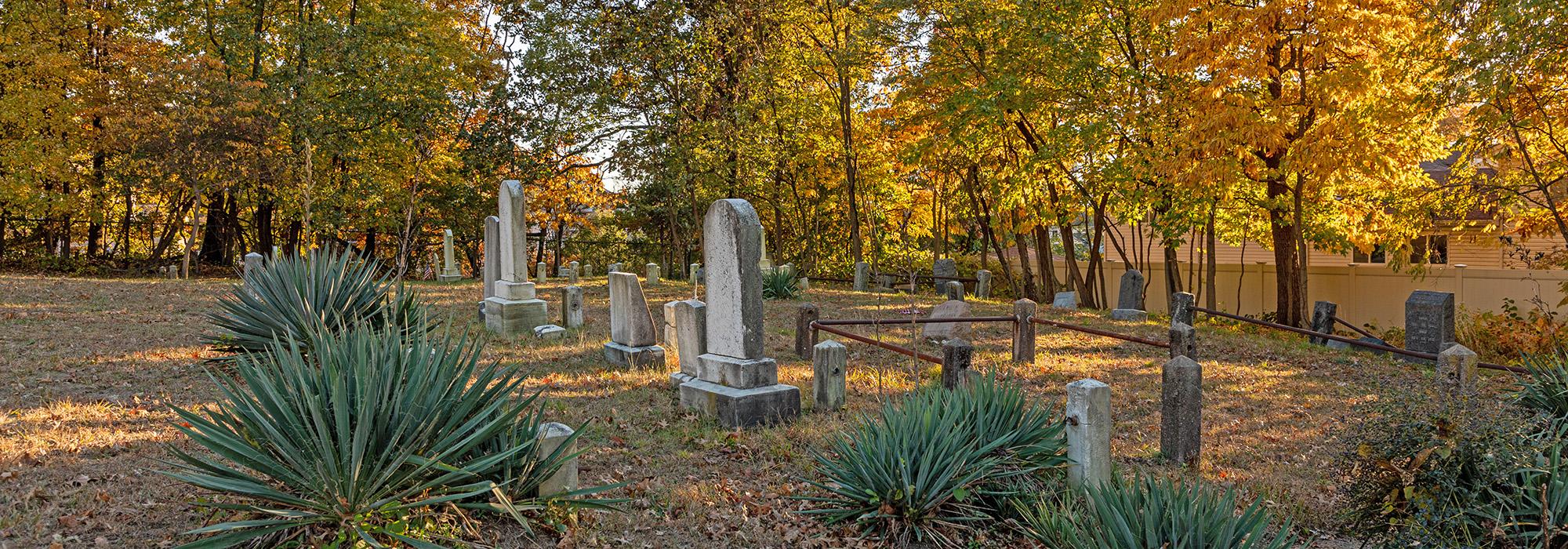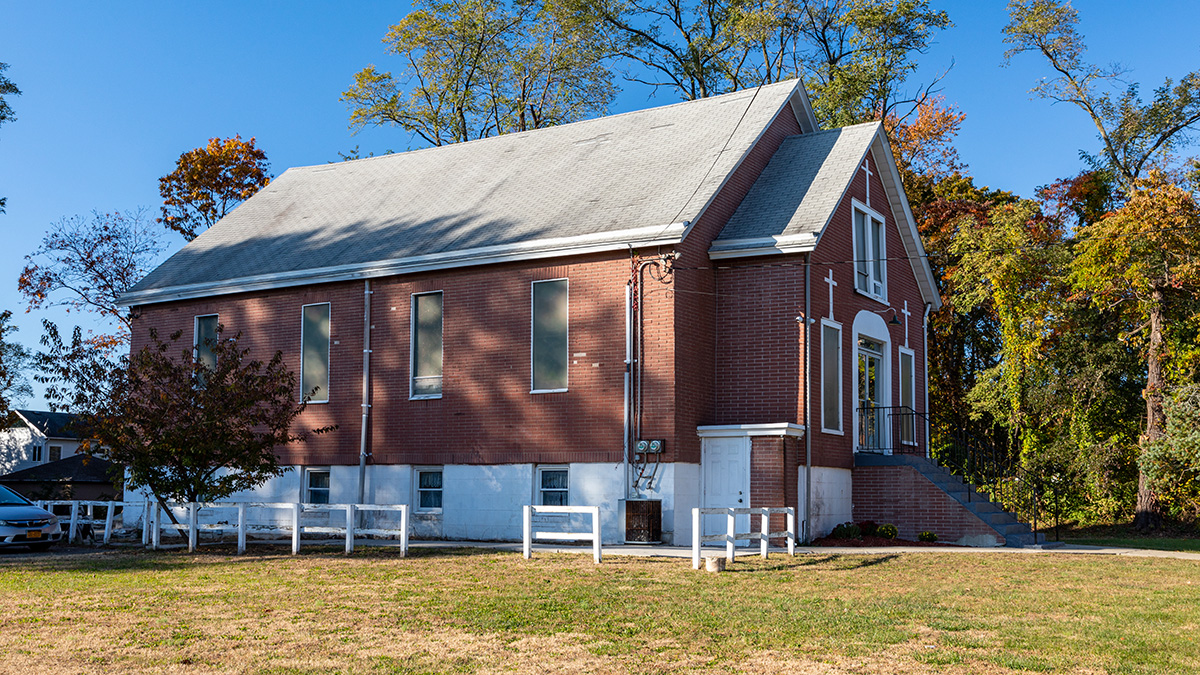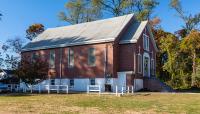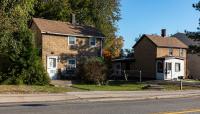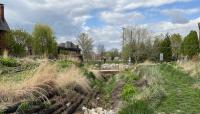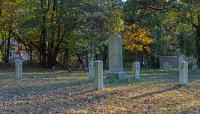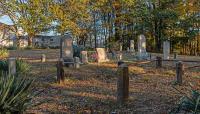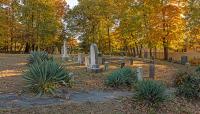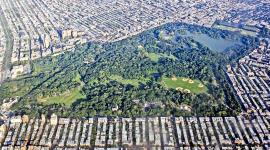Landscape Information
Located within the neighborhood of Rossville on the south shore of Staten Island, Sandy Ground was among the earliest communities for free Black Americans in New York City. In the first quarter of the nineteenth century, soon after slavery was abolished in New York State, several African American families migrated north from the Chesapeake Bay area and purchased plots of land at Sandy Ground. Once a heavily wooded area, the geography and flora of Sandy Ground were significantly altered by industrialization, urban renewal, and a series of tragic fires in the twentieth century. In the twenty-first century, Sandy Ground has been largely absorbed by surrounding Rossville’s uneven grid of residential streets lined with pines and Bradford pear trees.
At its height in the late 19th century, Sandy Ground contained more than 150 Black-owned homes, including vernacular cottages and larger Dutch-American style farmhouses. Some of these homes, including several Baymen’s Cottages built between 1887 and 1898 and the Coleman House dating to 1859, are designated New York City Landmarks. The Rossville African Methodist Episcopal (AME) Zion Church has been a cornerstone of the community since its establishment in 1850. In 1854, it was relocated to a purpose-built place of worship on Crabtree Avenue, and again rebuilt to accommodate a growing congregation in 1897 by local developer Andrew Abrams (the vernacular building was designated a New York City Landmark in 2011). The original church site, an important stop along the Underground Railroad, was demolished during the first half of the twentieth century, though its cemetery, containing some 30 visible grave sites, hundreds of unmarked graves, and with a viewshed over the Wachtung Mountains of New Jersey, remains.



